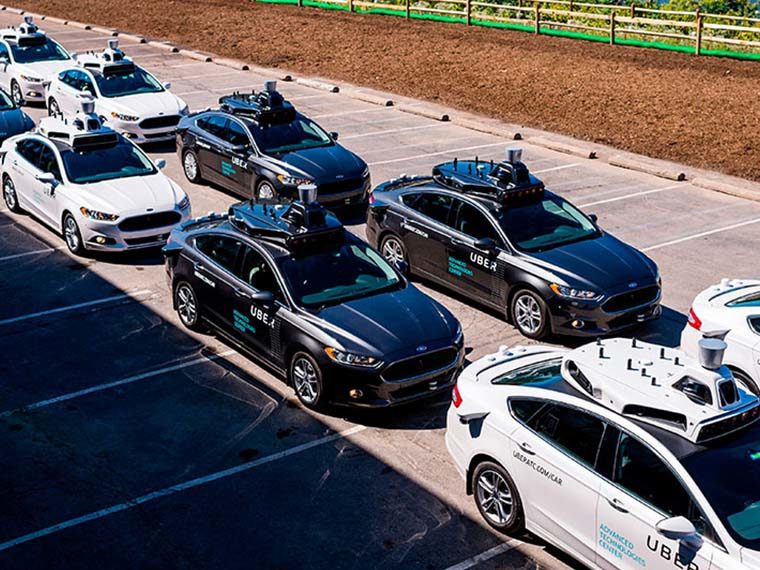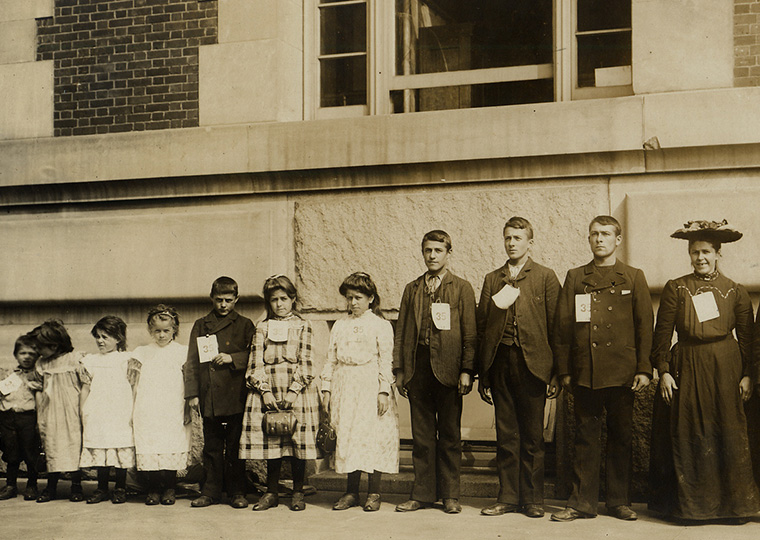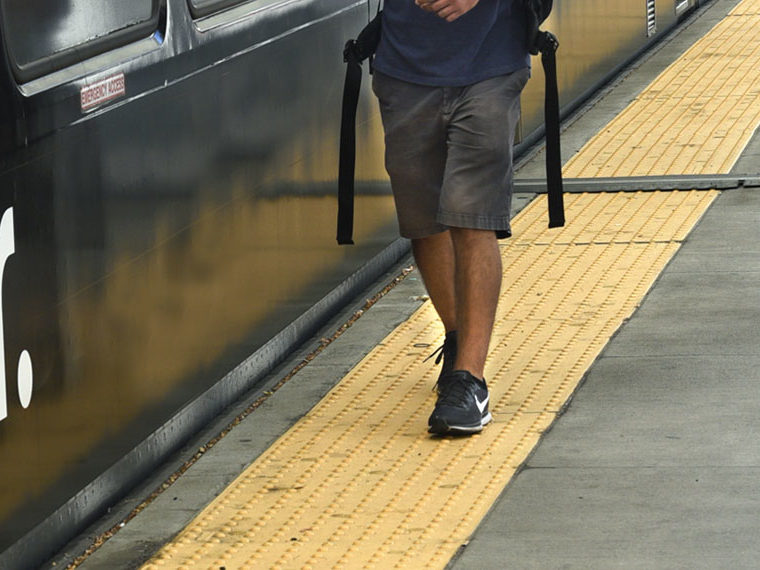Full-timers gain the least, part-time drivers the most
Surge pricing — the practice of boosting ride-hailing fares during spikes in demand — may annoy customers, but at least the low-paid drivers gain, right?
Maybe not. A paper forthcoming in Journal of Operations Management suggests that while surge pricing can raise overall driver income, the benefits aren’t evenly shared.
Opt In to the Review Monthly Email Update.
A study by University College London’s Wei Miao, Yiting Deng and Yongdong Liu, University of International Business and Economics’ Wei Wang and UCLA Anderson’s Christopher S. Tang analyzed the work hours and incomes of ride-hailing drivers in two Chinese cities. Their analysis indicates that, with surge pricing, the average individual driver saw a nearly 14% increase in weekly revenues.
No Bargain for Full-Timers
But the gains mostly went to part-time drivers, who had the ability to increase the number of days they worked. Full-time drivers, with less flexibility to increase work days, ended up earning less on average than comparable drivers in a city without surge pricing.
“Even though surge pricing can create more value,” the authors write, “our analysis reveals that the created value is unevenly distributed across drivers.”
Surge pricing, the study suggests, has two opposing effects:
- a cherry-picking effect, where drivers seek out the higher surge fares and ignore those paying standard rates in nonsurge areas or for advance bookings and half- or whole-day reservations;
- a competition effect, caused by drivers flooding into the area offering surge fares.
Taken together, the competition effect, which leads to reduced daily earnings, overwhelms the higher pay from cherry-picking.
For the study, the authors compared the earnings and hours of ride-share drivers in Guangzhou, where surge pricing was introduced in October 2019, with those in the nearby city of Shenzhen, which didn’t see surge pricing until two months later.
What’s My Weekly Income Goal?
The analysis found that after surge pricing went into effect, the number of drivers operating during peak hours (when surges are common) in Guangzhou was about 20% higher than during the same periods in Shenzhen. Yet drivers in Guangzhou drove shorter distances, completed fewer trips and earned lower daily revenues compared with those in Shenzhen.
At the same time, Guangzhou drivers on the whole earned more in a week. That’s because to make up the shortfall, drivers simply worked more days. Earlier studies of New York City taxi operators found that drivers tend to have a target daily income in mind and if necessary will work more hours to reach it. The Guangzhou drivers displayed similar behavior.
But not all drivers could simply add more workdays. Full-time drivers, arguably the most loyal and experienced, were already maxed out on the number of workdays, and as a result their weekly earnings fell. Part-time drivers, who could easily add more days, did so and specifically targeted times when surge pricing would be in effect.
“While the ‘pie’ got larger and the driver pool got even larger, the slice per driver did not increase,” the authors write.
However, drivers and ride-hailing companies could make surge pricing work better for themselves in a few ways. Full-time drivers could simply avoid the intensified competition by sitting out surges when they occur or by relocating to less competitive regions.
Ride-hailing companies also could help subsidize their more loyal drivers by taking lower commissions or providing bonuses. They also could do more to coordinate drivers’ schedules to minimize the effects of too much competition. In traditional taxi service, this is done by a central dispatch system. In decentralized ride-hailing, a company could provide a constantly updated map that displays all the drivers in an area and allow them to pick areas to work where there was more or less competition nearby.
Featured Faculty
-
Christopher Tang
UCLA Distinguished Professor; Edward W. Carter Chair in Business Administration; Senior Associate Dean, Global Initiatives; Faculty Director, Center for Global Management
About the Research
Miao, W., Liu, Y., Wang, W., Deng, Y., & Tang, C. S. (2021). The Effects of Surge Pricing on Driver Behavior in the Ride-Sharing Market: Evidence from a Quasi-Experiment. SSRN Electronic Journal, 1–42. Accepted at Journal of Operations Management. http://dx.doi.org/10.2139/ssrn.3909409






